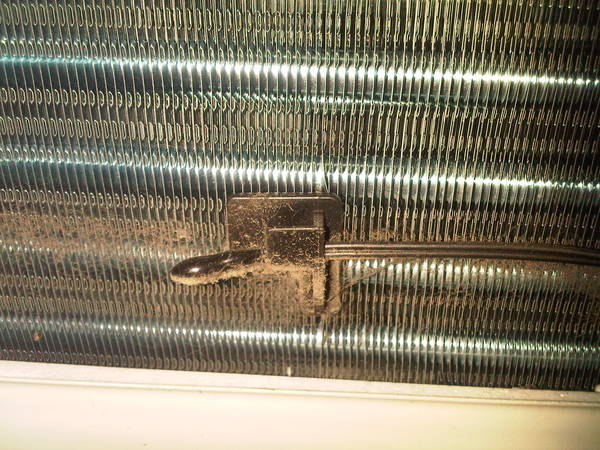ThreeTaps
Well-Known Member
Hi all,
I have a digital window A/C unit that works great, however it doesn't have a knob to turn that will make the unit turn on as soon as it has power. This sort of takes away the possibility of having a temperature controller for my soon-to-be fermentation chamber...unless of course I can extend the temperature sensor on the A/C unit itself.
Any of you ever done this? Is there a specific gauge wire that is typically used? Any advice is appreciated.
I have a digital window A/C unit that works great, however it doesn't have a knob to turn that will make the unit turn on as soon as it has power. This sort of takes away the possibility of having a temperature controller for my soon-to-be fermentation chamber...unless of course I can extend the temperature sensor on the A/C unit itself.
Any of you ever done this? Is there a specific gauge wire that is typically used? Any advice is appreciated.





